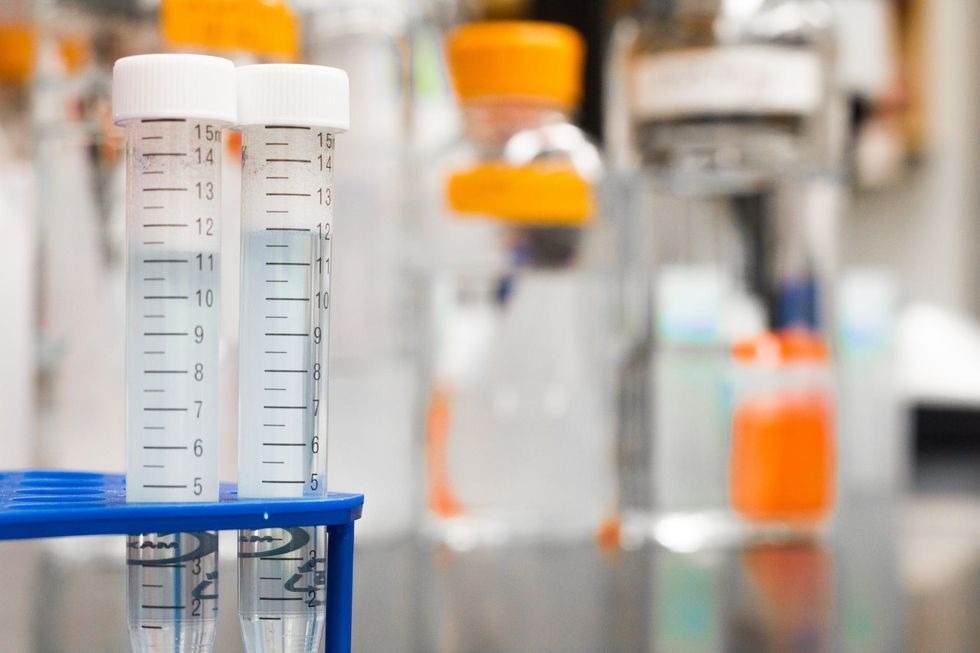Recent news of a second man to be cured of HIV/AIDS has been dominating scientific headlines. A London man with HIV/AIDS was cured of the disease after getting a bone marrow transplant from a donor with HIV resistance. After three years of such transplants, researchers on his case have claimed that they are unable to find the previous HIV infection in his body.
Does this mean that HIV/AIDS has been cured? Well, not quite. Its cure is like the disease: complicated, mysterious and not completely understood.
HIV is a virus that attacks our body's cells and weakens the immune system, our body's natural defense against infections. HIV attacks our body's T-Cells and integrates itself into our DNA, proliferating as our cell's divide. The more copies HIV makes, the weaker the immune system gets, until eventually, even simple diseases like the common cold become deadly and life-threatening.
HIV can be managed with antiretroviral medications, but there is no cure, and many people in poorer countries simply cannot afford such treatments.
The same predicament arises with the man who was cured in London. Bone marrow transplants are extremely expensive, and finding a donor that is an exact match for an HIV patient is difficult. Even if a match is found, and the patient can afford treatment, there is still no guarantee that the bone marrow transplants will yield beneficial results. The body may reject the transplanted cells, and rejection can be deadly to an already compromised immune system.
However, make no mistake. The fact that we've been able to cure another man of a disease that's killed thousands is a feat that should be celebrated and studied. Can they replicate these results? Are those researchers going to be able to cure somebody else of a deadly disease for which there is currently no cure?
Science is an enigmatic art. Before labeling a treatment as a cure, scientists have to conduct multiple trials. They have to make sure their hypothesis are plausible, possible and have potential. Bone marrow transplants may be risky now, but with further study, time and consideration, who knows what will be possible in the next couple of decades?
Maybe, eventually, we will finally be able to rid the world of a disease that has claimed the innocent lives of thousands and cursed its survivors with stigma and shame.
And what a day that will be. All thanks to the marvels of modern science.












